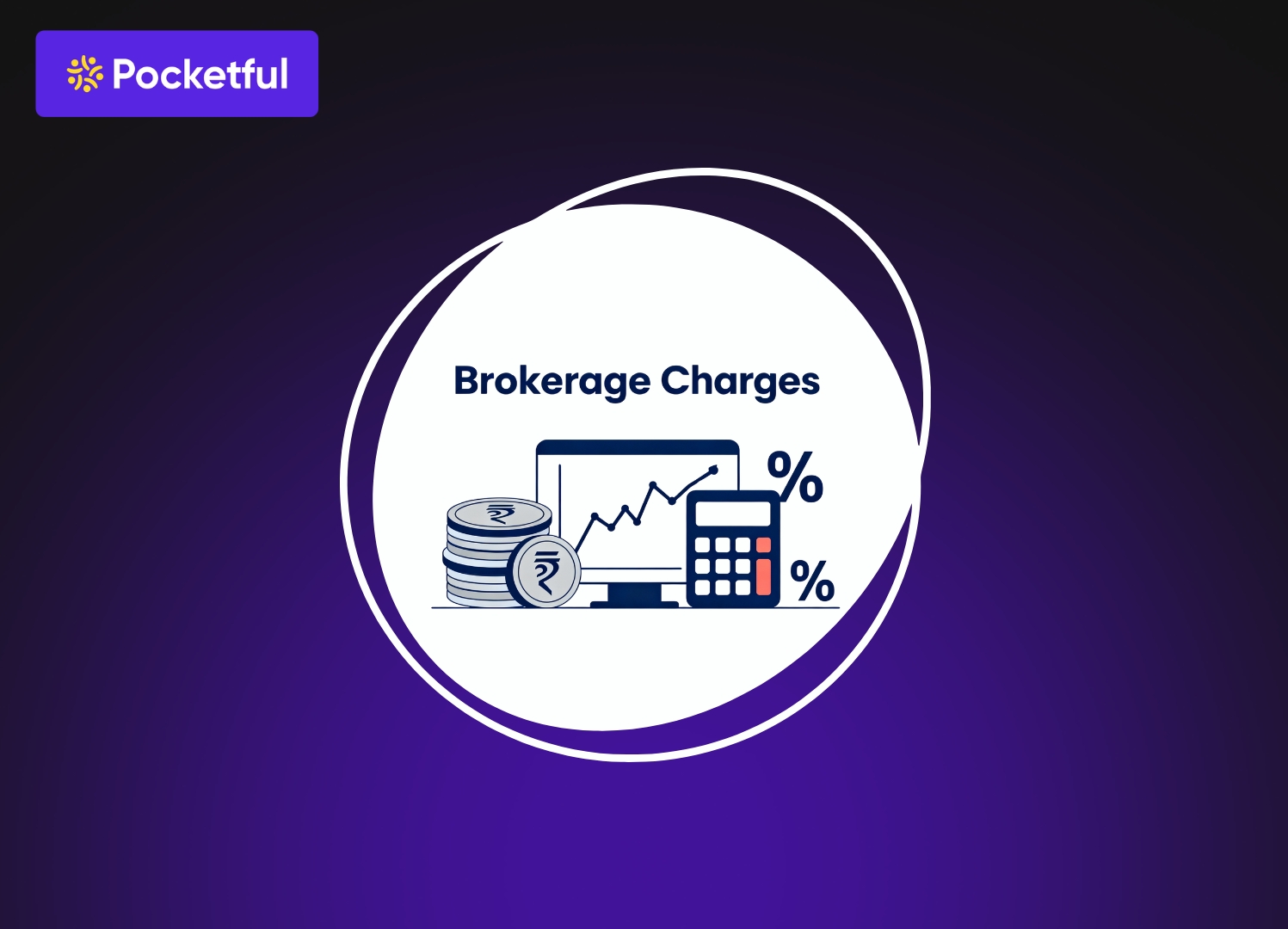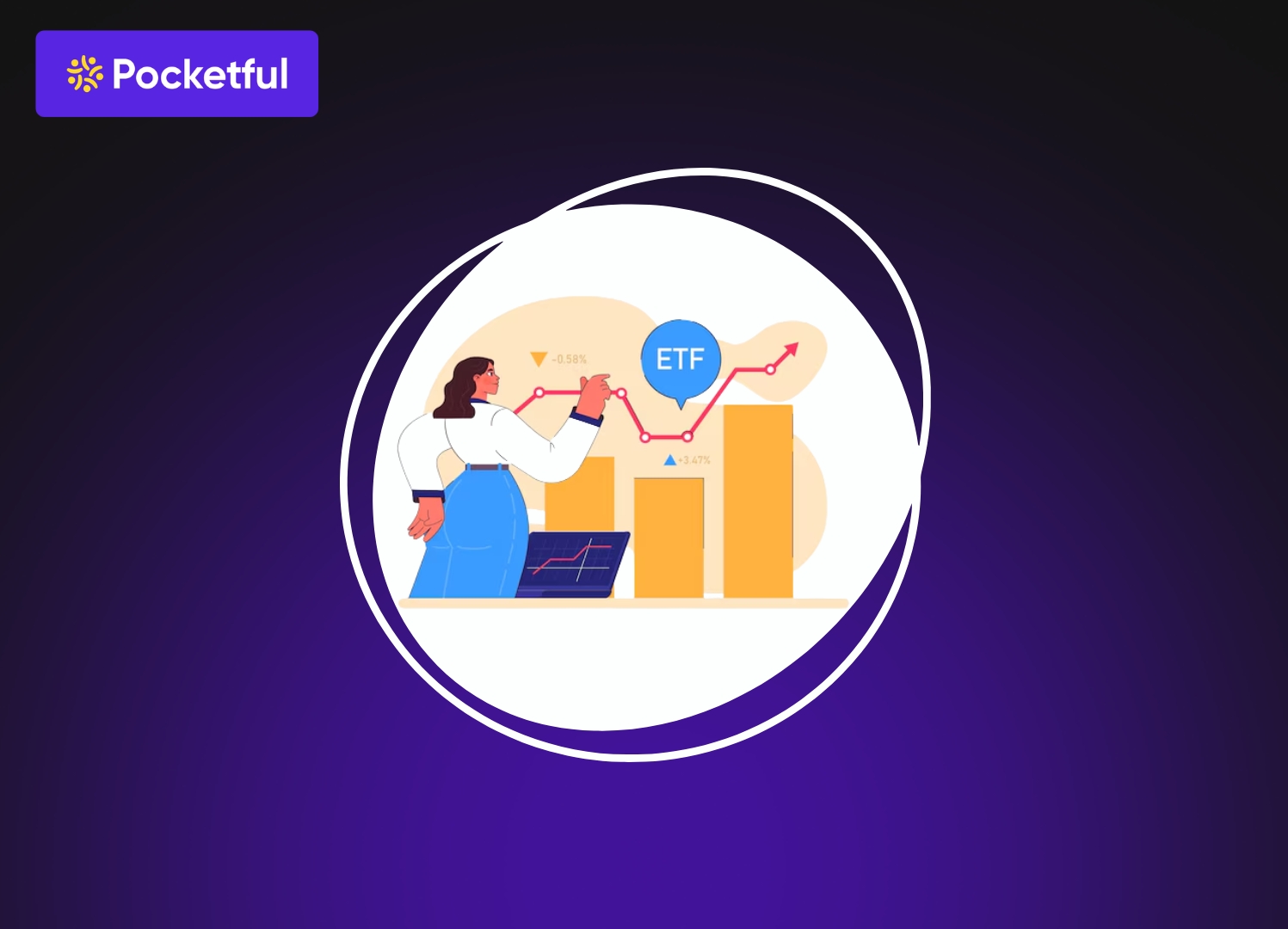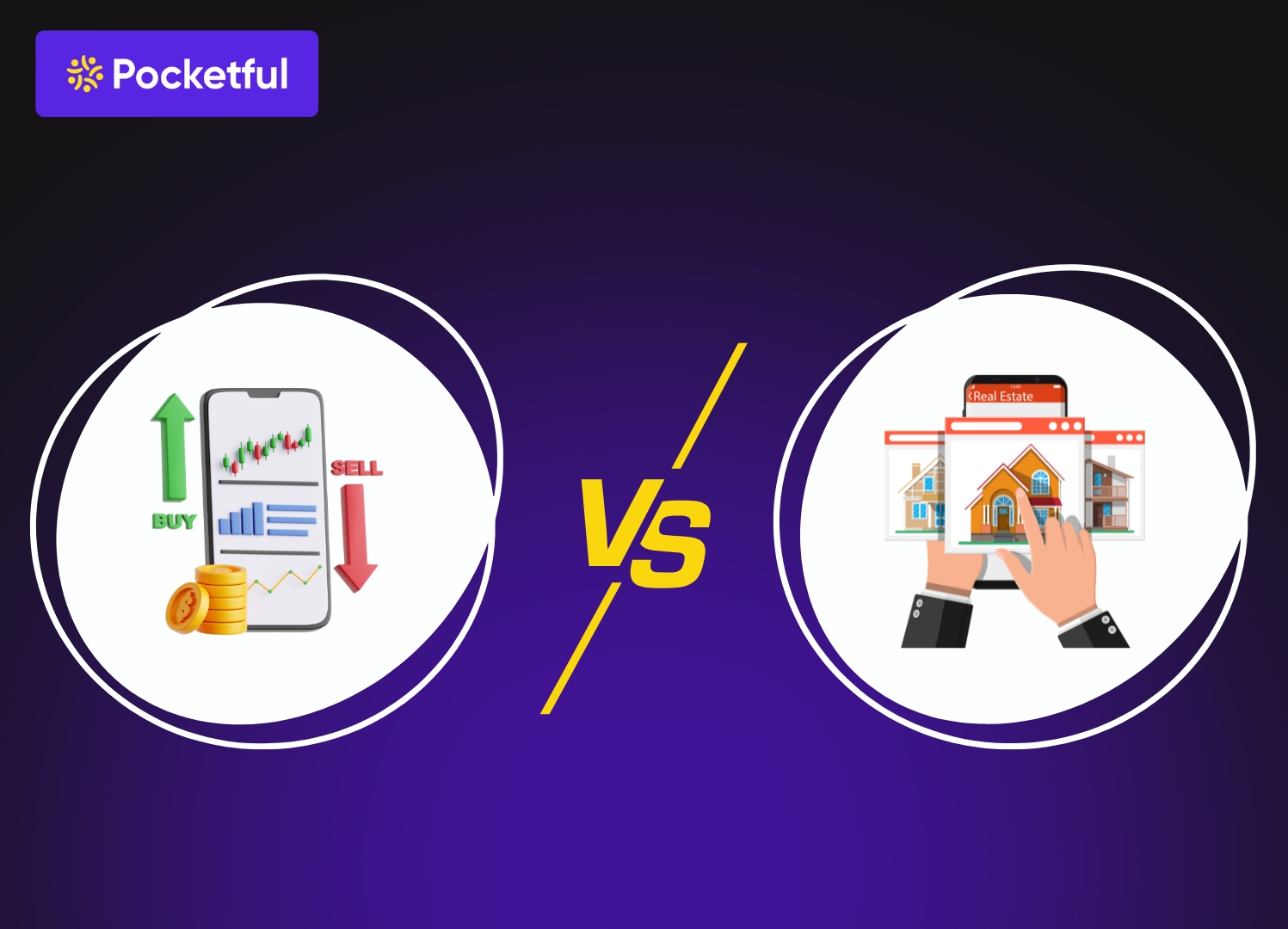Ever wondered why the price of onions shoot up in the market during changing weather or let say why oil prices shoot up rapidly if there is some trouble during war or international market changes. And somewhere, people are predicting these price changes and even making money from it.
This is known as commodity trading, it is a market where you can trade in items like gold, silver, crude oil, and even agricultural products like cotton and spices. But this market also has its own set of rules, just like any other trading market. Many new traders jump in hoping to make quick money from the commodity market, but end up losing due to some common mistakes.
In this blog we will look at these common mistakes in commodity markets and we will learn about mistakes that new traders need to avoid in commodity trading.
What is Commodity Trading?
Think of it as your local vegetable market but instead of buying vegetables for your home, people are buying and selling raw materials in large quantities in the market and this is the commodity market. Commodities are basically goods that are used in our day to day lives or in industries. These are divided into two types: Hard Commodities and Soft commodities. Hard commodities generally include gold, silver, copper or energy products like crude oil and natural gas, these are natural resources that are mined or extracted. Soft commodities include agricultural products like wheat, cotton, spices like red chilli or turmeric.
Read Also: Risks in Commodity Trading and How to Manage Them
Common Mistakes in Commodity Trading
Now that we learnt about the basics of the commodity market, let’s look at some common mistakes in commodity trading.
1. Emotional Trading
Trading based on emotions like making instant money with greed or fear as you may instantly lose money, this type of trading done emotionally rarely comes to your favour. Successful trading revolves around making logical decisions based on a plan. Stick to your plan and avoid making impulsive decisions.
2. Trading Without a Plan
Jumping into the commodity market without a plan is just testing your luck, but you will mostly end up on the negative side. A trading plan is your roadmap which helps you in helping you to decide what to trade, when to enter, when to exit, and how much to risk for. Without a plan, your decisions will be random and you might gamble instead of trading. Before putting in your hard earned money in action, create a simple trading plan.
3. Not Applying Stop-Loss
A stop-loss is an order you place to automatically exit from a trade if the price moves against you by a certain amount. It is a type of a safety net and many new beginners don’t use a stop-loss because they hope a losing trade will turn around. This hope can be very expensive as you might lose all your investment. Imagine you bought crude oil at Rs. 6,000, and expected it to rise but it starts to fall further if you don’t apply a stop-loss it can go further against your expectations. A stop-loss would automatically sell your position at a set price, limiting your loss.
4. Putting All In One Trade
This is one of the biggest mistakes that beginners make. They often get excited about a trade and put a large portion of their capital into one single trade. If this trade goes against your plan then it can cause a massive loss.
A popular guideline in trading which says that you should never risk more than 1% to 2% of your total trading capital on a single trade as it ensures that even a few losing trades might not take away all your money.
5. Overtrading
It means that you are trading more than what is needed as it can happen due to boredom, the urge to earn more, or trying to recover from a loss. Every trade you make has a cost attached to it like brokerage and taxes on your trades. Trading too much increases your investment cost and often leads to making poor decisions.
Stick to your trading plan. Only take trades that meet your criteria. Remember, sometimes the most profitable thing to do is nothing at all. Quality of trades is more important than quantity.
6. Not Knowing Details
Every commodity contract has specific details that you must look upon as this could be a very common mistake, you should always look at the lot size meaning a fixed quantity to trade in, the expiry date of the as it is an important in derivatives. And also should watch your trading timings, choose your commodity and look for the right time to invest in it like crude oil and gold prices are heavily influenced by the US markets, so investors shall monitor the movement in the evening according to the International Markets. But one thing to keep in mind, read all contract specifications on the exchange website like MCX or NCDEX and be aware of expiry dates or active trading hours of the market.
7. Averaging a Losing Trade
You bought a commodity at Rs.80,000 and it starts to fall till Rs.77,000 and you buy more of it, thinking it will lower your average purchase price. This is known as averaging down. But it can be a mistake sometimes as you are increasing your exposure to a falling trade. Investors should always use stop-loss to get secured from losing all of their investment and avoid adding more funds to a falling trade.
Read Also: How to Trade in the Commodity Market?
Things to Consider Before Starting Commodity Trading
- Create a Solid Trading Plan for all your trades and it shall cover your financial goals, the risk that you are comfortable to take.
- Commodity prices can be very volatile so investors shall understand the volatility of the market, as these commodities can move up and down really quick. Factors like global news, weather, government policies as well as supply and demand can affect the prices of these commodities. While volatility may open doors to opportunities but it also raises the level of risk.
- Investors shall always learn basic analysis like fundamental analysis which involves real-world factors of supply and demand like bad monsoon in India as it is the fundamental factor for agricultural commodities. Also one should focus on the technical analysis as it involves studying price charts to identify patterns and trends.
Read Also: Best Commodity Trading Platforms in India
Conclusion
Commodity trading Plateform can be a good source of high returns but on the other hand it is risky as well. So, one should always try to gain knowledge as it is about risk management, following a plan with discipline and learning. By looking at managing your risks, being disciplined, and learning continuously. By looking at the common mistakes one should avoid them.
Frequently Asked Questions (FAQs)
Can I make profit from commodity trading?
You can make profit from the commodity market but it can be very risky. Profitability depends on your risk management strategy, skills and discipline.
What amount is best to start with?
There is no exact amount but you should have enough capital to pay the margin for your trades and also to handle the potential loss.
How are profits taxed in commodity trading?
Profits from commodity futures and options trading are ‘non-speculative business income’ meaning the profits are added to your total income as tax as per income tax slab.
What happens if I don’t close my futures contract before it expires?
By not closing the positions the broker might close them automatically on the expiry date, this is known as auto square off and this may attract extra charges as well. Investors shall close their positions before the due date.
What are the timings of the commodity market in India?
The commodity market opens from 9:00 AM to 11:30 PM (or 11:55 PM, depending on US daylight saving). However, the agricultural commodities market closes at 5:00 PM.










